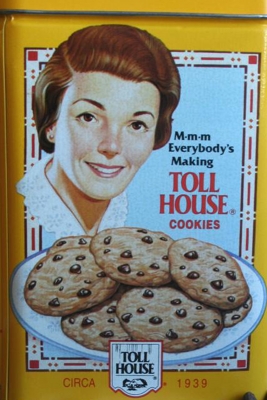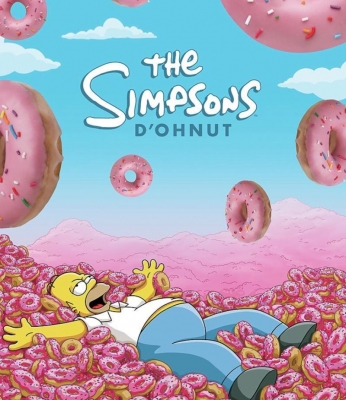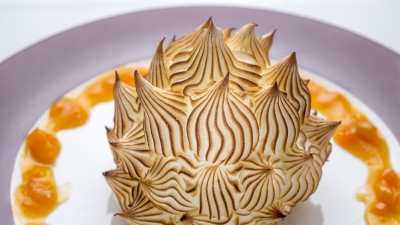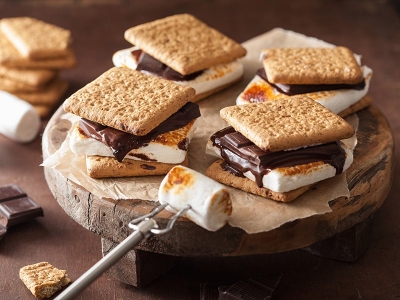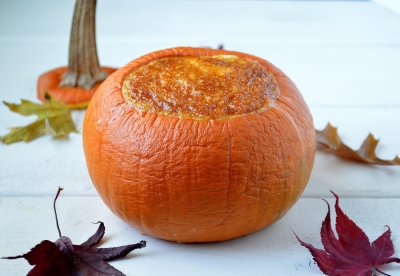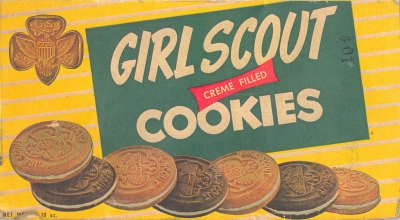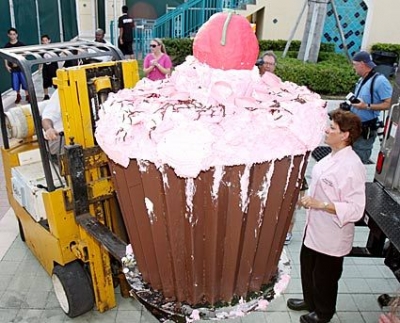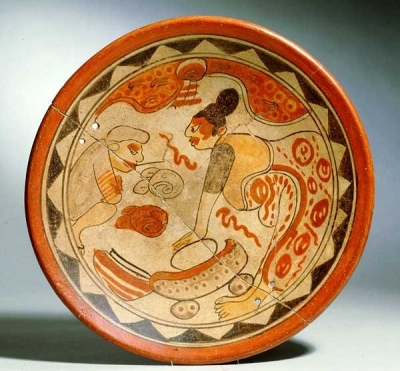Which is the largest hot desert?
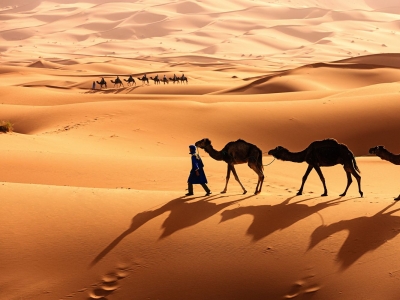
The Sahara in North Africa is the largest hot desert and the third largest desert in the world. Spread over an area of 9.4 million sq km, the desert covers large sections of as many as 11 countries such as Egypt Libya. Tunisia, Algeria, Morocco and Sudan. Did you know only one quarter of the desert is sandy? The rest is made up of rocky plateaus, gravel, salt flats, dry valleys and oases.
The Sahara is bordered by the Atlantic Ocean to the west, the Red Sea to the east, the Mediterranean Sea to the north and the Sahel savanna to the south. The enormous desert spans 10 countries (Algeria, Chad, Egypt, Libya, Mali, Mauritania, Morocco, Niger, Sudan and Tunisia) as well as the territory of Western Sahara, a former Spanish colony that was annexed by Morocco in 1975, though control of the region is disputed by the Indigenous Saharawi people.
The Sahara desert has a variety of land features, but it is most famous for the sand dune fields that are often depicted in movies. The dunes can reach almost 600 feet (183 meters) high, and they cover about 25% of the entire desert, according to the Encyclopedia Britannica. Other topographical features include mountains, plateaus, sand- and gravel-covered plains, salt flats, basins and depressions. Emi Koussi, an extinct volcano in Chad, is the highest point in the Sahara, reaching 11,204 feet (3,415 m) above sea level, and the Qattara Depression in northwestern Egypt is the Sahara's deepest point, at 436 feet (133 m) below sea level.
Despite the harsh, arid conditions of the Sahara, many plant and animal species call the region home. Approximately 500 plant species, 70 mammalian species, 90 avian species, 100 reptilian species and numerous species of spiders, scorpions and other small arthropods live in the Sahara. The camel is one of the most iconic animals of the Sahara, though its ancestors originated in North America. Other mammal residents of the Sahara include gazelles, addaxes (a type of antelope), cheetahs, caracals, desert foxes and wild dogs. Many reptiles also thrive in the desert environment, including several species of snakes, lizards and even crocodiles in places where there is enough water. Several arthropod species also call the Sahara home, such as dung beetles, scarab beetles, "deathstalker" scorpions and many types of ants.
Today, the Sahara has a dry, inhospitable desert climate. The past 2,000 years or so, the climate of the Sahara has been fairly stable — and dry. The northeastern winds strip moisture from the air over the desert and drive hot winds toward the equator.
Credit : Live science
Picture Credit : Google

